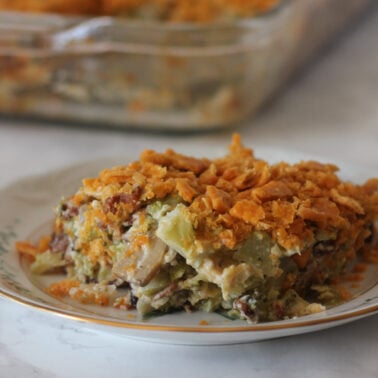Who doesn’t love a perfect cookie? Whether you prefer chewy, crispy, or somewhere in between, a lot goes into making that flawless bite. With these essential tips and tricks, you’ll be equipped to bake cookies that are just right every single time. From chilling the dough to choosing the right sugar, each step matters. Read on to discover how to make the best cookies ever and turn your kitchen into a cookie haven!
Chill the dough

Chilling your cookie dough is crucial for controlling how much your cookies spread and intensifying the flavors. When the dough is cold, the fats solidify, which means your cookies won’t spread too much when baking, and the resting time also helps the ingredients meld together for a deeper flavor. Don’t skip this step!
Line don’t grease baking sheets

Use a silicone mat or parchment paper to help keep cookies from spreading too much and sticking to the pan. Silicone mats provide a better grip, preventing the cookies from over-spreading, while parchment makes for easy clean-up.
Allow baking sheets to cool

Baking more than one batch? Always let your baking sheet cool completely before adding more dough. A hot baking sheet will cause the new batch of dough to start melting prematurely, leading to uneven spreading and thin, flat cookies.
The BEST chocolate chip cookies
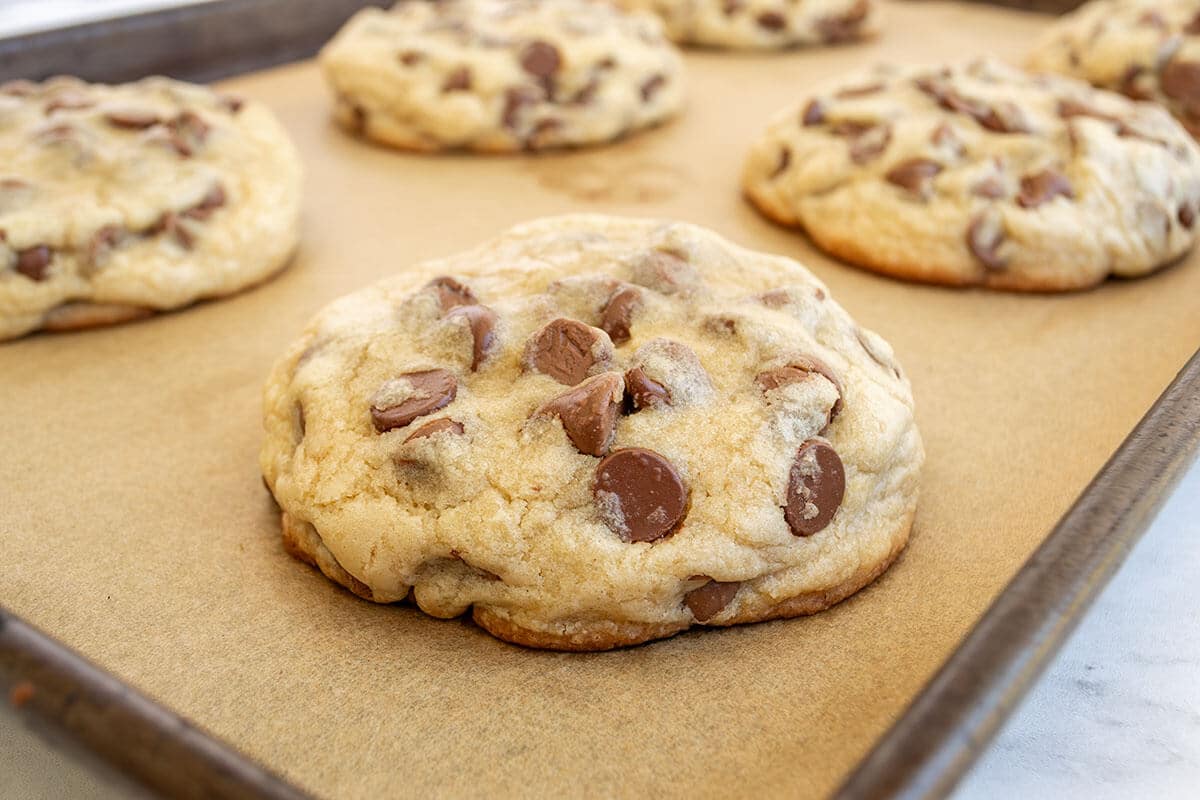
These tips will help you make the best chocolate cookies ever! This recipe makes a chewy, amazing chocolate chip cookie.
Get the recipe: Chocolate Chip Cookies
Measure flour correctly

Spoon and level or weigh your flour for the best accuracy. Too little flour means there’s nothing to absorb the moisture from the wet ingredients, resulting in cookies that spread too much. Too much flour, on the other hand, will make them dense and dry.
Cream butter and sugar properly

Cream the butter and sugar together until light and fluffy, typically about 3-5 minutes. This process creates air pockets that help leaven the cookie, making it tender. But don’t overmix—too much air in the batter will make cookies collapse after baking, leading to a disappointing texture.
Check your oven

Oven temperatures can vary, even if set correctly. Use an oven thermometer to verify that your oven is at the right temperature. This helps avoid over- or under-baking, ensuring your cookies come out perfectly every time.
Room temp is important

If a recipe calls for room-temperature eggs or other ingredients, be sure they’re actually room-temperature. Cold ingredients can cause the dough to separate or prevent it from mixing evenly, affecting the final texture.
Watch the cookies, not the time

Set your timer a few minutes earlier than the recommended bake time, and keep an eye on the cookies. Ovens vary, and a few extra minutes can mean the difference between perfectly chewy or overly crisp cookies. Cookies are done when the edges are set and just starting to turn golden brown.
Bake one pan at a time
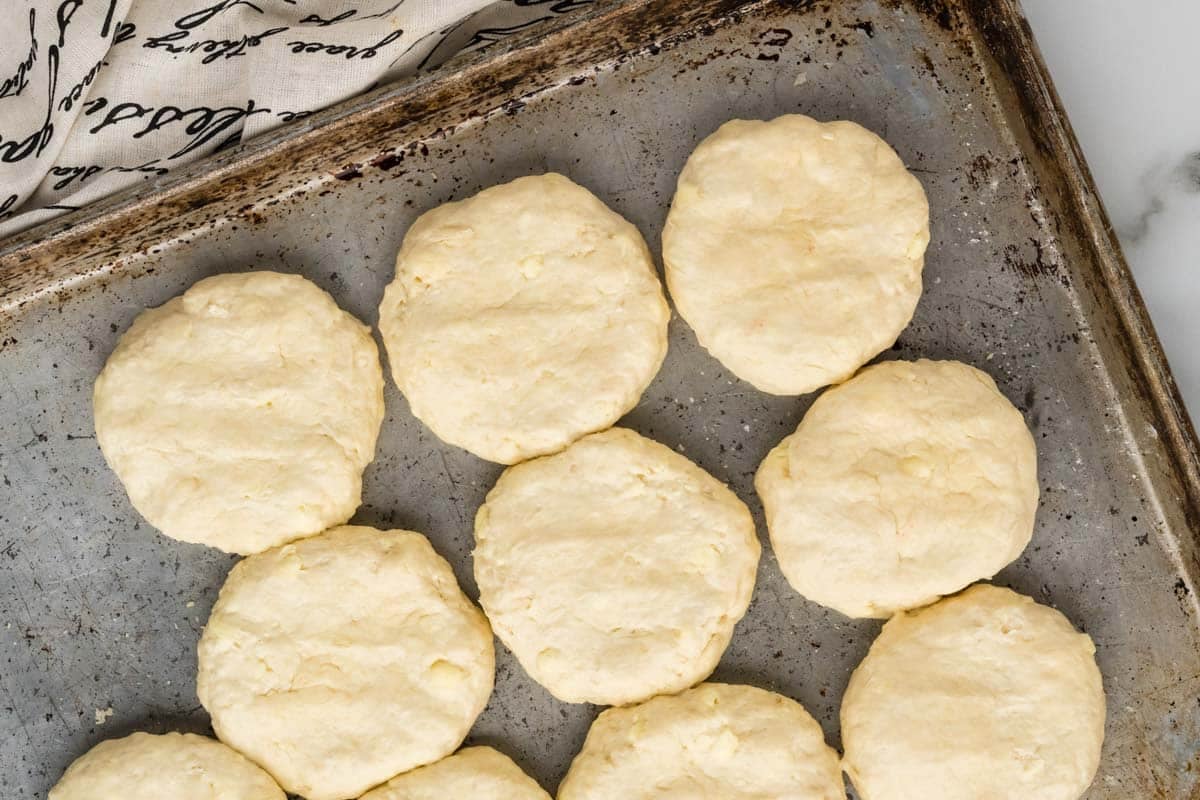
For the most even baking, bake one pan at a time in the center of the oven. If you need to bake more, rotate the pans between the top and middle shelves and turn them halfway through baking to ensure they bake evenly.
Use the correct sugar

Use the exact type of sugar the recipe calls for. Brown sugar, for example, adds moisture and acidity, which affects the cookies’ softness and chewiness. Substituting with granulated sugar can completely change the texture.
Use a scoop to measure

Using a cookie scoop ensures uniform cookie sizes, which means they will all bake evenly. Consistent sizing also means a consistent texture across the entire batch.
Don’t crowd the pan

Space the cookies far enough apart to allow room for spreading. Crowding them will result in cookies merging into each other and uneven baking.
Use the correct size egg

Most recipes are formulated for large eggs. Using smaller or larger eggs will alter the wet-to-dry ratio, impacting your cookies’ final texture and consistency.
Stick to real butter
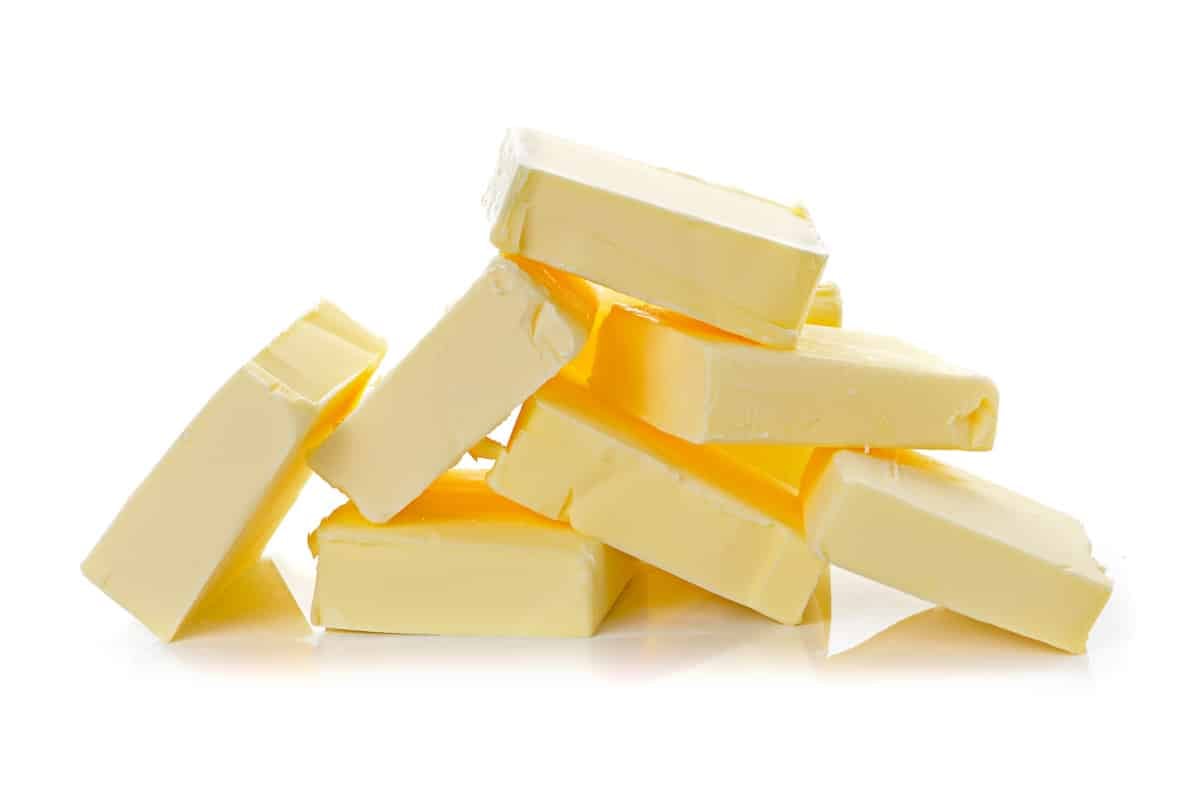
Skip margarine or other butter substitutes, as they contain added water and other ingredients that affect flavor and texture. Pure butter gives you the rich, creamy flavor that makes cookies irresistible.
Baking Essentials

When you want to bake the best cookies, you need to have all the tools and ingredients in your pantry. Here’s our list of essentials.
Get the list: Baking Essentials
Check leavening agents

Baking powder and baking soda lose their potency over time. If your baking powder has been open for over a year, it’s time to replace it. Fresh leavening agents are key to achieving that perfect rise and soft texture.
Form towers, not balls

Instead of perfectly round balls, shape your cookie dough into slightly uneven mounds or “towers.” This helps the cookies spread evenly while baking, giving them a better structure and texture.
Use light-colored pans
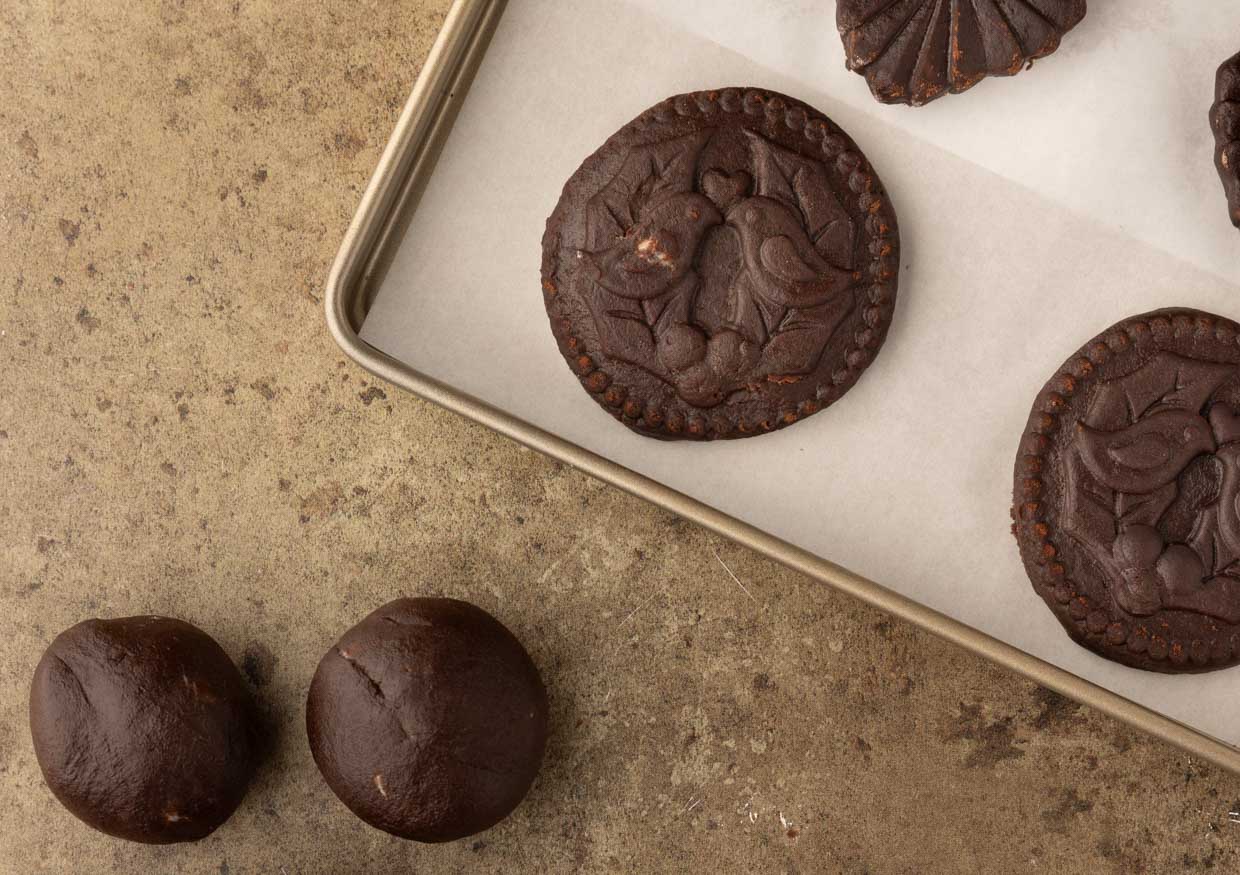
Dark pans absorb more heat, which can lead to burnt cookie bottoms. Light-colored pans reflect heat, helping your cookies bake evenly without over-browning on the bottom.
Cool before moving

Let cookies cool on the baking sheet for at least 2-3 minutes before transferring to a cooling rack. This allows them to firm up enough to move without breaking, and it helps set the edges while the centers stay soft.
Smart cookie storage

To maintain texture, store chewy and crispy cookies separately. Place parchment or wax paper between layers to prevent sticking. Keeping different types together will cause the textures to blend over time.
How to Soften Brown Sugar

You’re all set to bake a batch of your favorite cookies, only to discover that your brown sugar is hard as a rock. Don’t fret. There are simple solutions to this age-old dilemma. Learn how to soften brown sugar and save your baking and wallet with these helpful tips and tricks, even when your brown sugar is rock solid.
Get the tips: How to Soften Brown Sugar.



